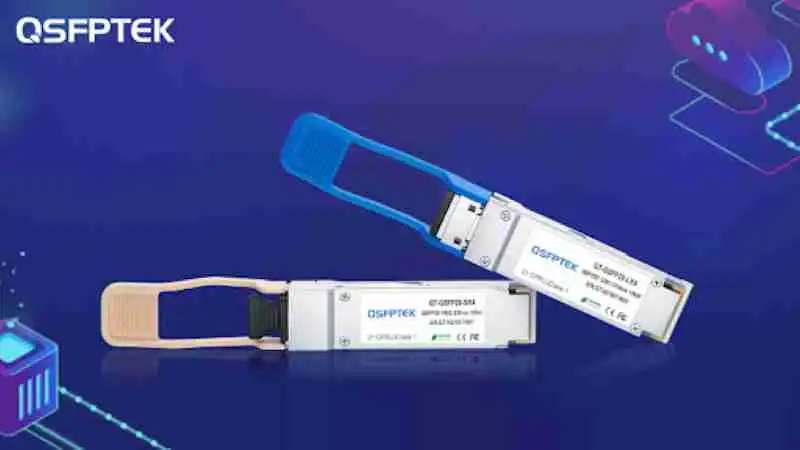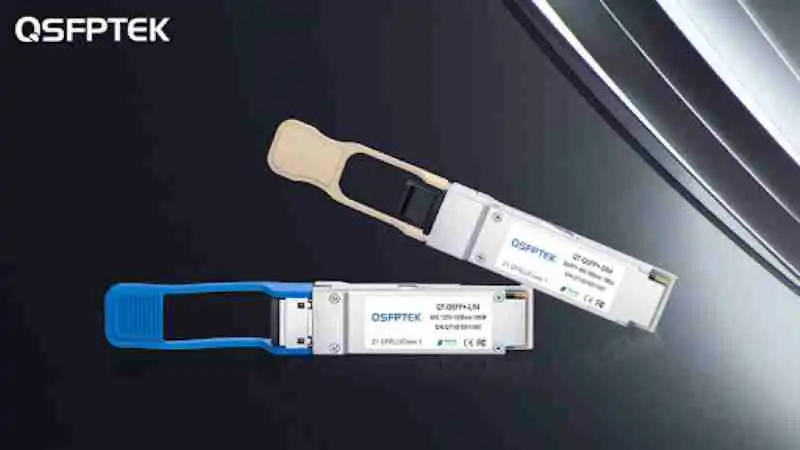How to Migrate a Data Center to 40G: What are the Benefits?
Table of Contents
Introduction
40G technology is the future of data center migration. It provides more bandwidth and it is the next generation of fiber optic cable. The 40g technology has been in development for a while now. And there are many benefits to migrating to this new tech, such as increased bandwidth and reduced power consumption.
The benefits of migrating to 40G technology are numerous, and they have a significant impact on the data center. First, it can reduce the amount of power needed by up to 50%. This means that your data center will be more sustainable and environmentally friendly. It also means that you will be able to save money on power costs. Second, 40G technology is much faster than 10G or 25G technology. This means that your data center will be more responsive and able to handle large amounts of traffic with ease. Third, 40G technology is more reliable than 10G or 25G technology. This means that your data center will have less downtime and will last longer before needing to be replaced or upgraded. Finally, 40 GbE is easier to implement than 10G or 25G technology.

What is the Future of Data Center Migration to 40G Technology?
This section discusses the future of data centers, and how they will migrate to 40G technology. The future of data centers is a topic that has been discussed by many people in the past few years. We have seen many predictions on what the future may hold for these data centers.
Some experts believe that we are going to see a migration from 10G to 40G technology, while others believe that there will be a shift from copper cables to fiber optic cables. There is also speculation on whether or not we will see an increase in public cloud usage and an increase in private cloud usage. This section discusses all of these predictions and speculations, as well as what the future may hold for data centers.
The future of data center migration to 40G technology is a big question. It will be interesting to see what the future holds for data centers, and how they will keep up with the ever-growing demand for bandwidth.
What is a 40G Optical Module and How Does it Work?
40GBASE-SR4 and 40GBASE-LR4 are the most common types of optical modules. They have a variety of use cases in different industries.
40GBASE-SR4 is mainly used in short-reach enterprise networks. It can transmit data at 40Gbps over a distance of up to 150 meters. which makes it suitable for connecting buildings within close proximity to each other. 40GBASE-LR4 is mainly used in metro networks and has a longer reach than SR4, it has higher bandwidth at 40Gbps over distances up to 10 kilometers, to the main office or data center, It is an ideal solution for connecting sites for extending the reach of existing optical fiber networks.

Conclusion
This article introduces the 40G optical module and 40G Ethernet technology in detail, through this article you can understand more about the 40G optical module, if you need a 40G optical module, QSFPTEK can provide a variety of optical modules including 40GBASE-SR4, 40GBASE-LR4, etc. Welcome to inquire via [email protected].